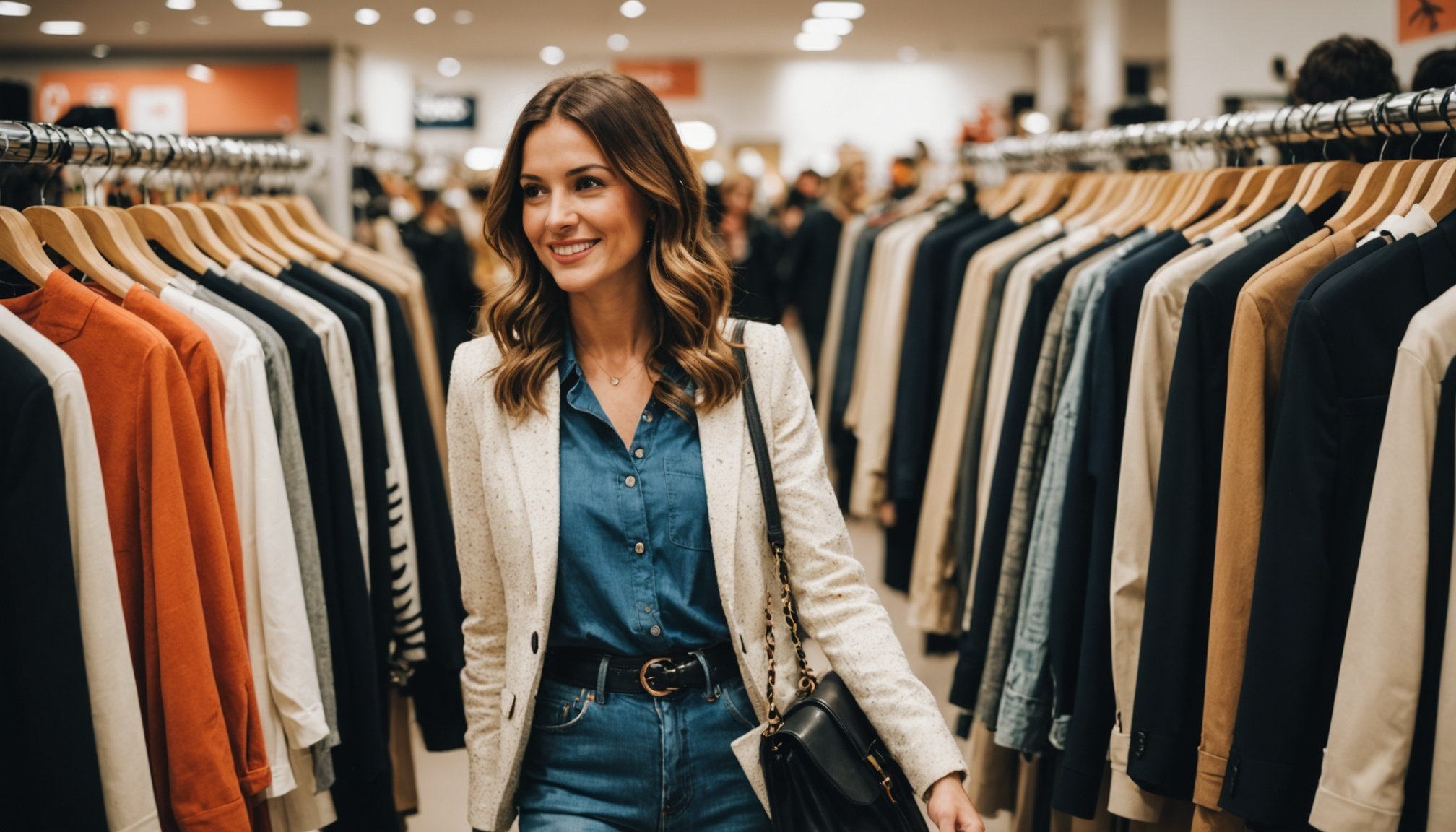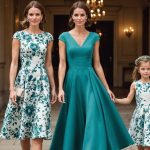In recent years, the fashion landscape has seen a remarkable shift towards sustainability, and second-hand shopping has become more than just a fleeting trend. With the growing awareness of fashion’s environmental impact, many of you are now turning to thrift stores and online platforms to find unique, budget-friendly pieces. However, navigating the world of vintage and second-hand clothing can be overwhelming. In this comprehensive guide, we’ll explore effective strategies to help you become savvy second-hand shoppers. Whether you’re looking for rare finds or everyday clothing items, these tips will ensure a rewarding shopping experience.
Understanding the World of Second-Hand Fashion
Before diving headfirst into second-hand shopping, it’s crucial to understand what makes this market so unique. Unlike traditional retail, the second-hand fashion scene is a vibrant ecosystem of diverse styles, eras, and sellers. From high-end designer pieces to everyday essentials, there’s something for everyone.
Also read : What are the must-have dresses for special occasions in the UK?
History and Evolution
The second-hand clothing market is steeped in history. Once considered a niche segment, it has evolved into a major player in sustainable fashion. With the rise of online platforms and social media, access to second-hand fashion has never been easier.
Benefits of Second-Hand Shopping
Shopping second-hand offers myriad benefits. Not only do you contribute to reducing waste, but you also save money and often discover unique items. Additionally, buying pre-loved clothes supports local businesses and fosters a sense of community.
Have you seen this : How do you choose the right accessories to elevate your outfit for a night out?
Challenges to Overcome
While the benefits are clear, there are challenges in second-hand shopping, such as varying quality and sizing inconsistencies. Understanding these challenges can set realistic expectations and make your shopping journey smoother.
Finding the Right Places to Shop Second-Hand
The key to successful second-hand shopping lies in knowing where to look. With countless options available, finding the right stores can make all the difference.
Local Thrift Stores and Vintage Boutiques
Visiting local thrift stores and vintage boutiques is a treasure hunt in itself. These stores often carry a curated selection of clothing from different decades. Building a rapport with store owners can lead to early access to new arrivals and hidden gems.
Online Marketplaces
The rise of online platforms like Poshmark, Depop, and eBay has expanded the reach of second-hand fashion. These platforms allow you to browse from the comfort of your home, providing filters to tailor your search by size, brand, and condition.
Community Sales and Flea Markets
Community sales and flea markets offer a unique shopping experience. These events often feature local sellers and artisans, providing opportunities to discover one-of-a-kind pieces that aren’t available in regular stores.
Tips for a Successful Second-Hand Shopping Experience
When venturing into the world of second-hand fashion, having a strategy can elevate your shopping experience.
Research and Plan
Start by researching fashion trends and identifying the items you wish to purchase. Creating a list will prevent impulsive buys and ensure you focus on finding what you truly need.
Quality Over Quantity
Always prioritize quality over quantity. Inspect garments carefully for any signs of wear or damage. Check seams and zippers to ensure longevity.
Understand Sizing Variations
Keep in mind that sizing standards have changed over the years. Be open to trying sizes above or below your usual fit. If shopping online, refer to the seller’s measurements to avoid disappointment.
Negotiate When Possible
Don’t shy away from negotiating, especially at flea markets or local shops. Many sellers are open to reasonable offers, and you might score a better deal than anticipated.
Conclusion
Shopping for second-hand fashion is both an adventure and a sustainable choice. By understanding the market, finding the right stores, and employing effective shopping tips, you can elevate your wardrobe with unique and timeless pieces. As you embrace this journey, remember that each purchase contributes to a more sustainable future and reflects your individual style. Happy thrifting, and may your wardrobe be filled with vintage treasures that tell a story!











